How to Make Fresh Pasta from Scratch: Mastering the Art of Homemade Noodles
There’s nothing quite like the taste and texture of fresh pasta. Whether you’re a seasoned chef or a beginner in the kitchen, learning how to make homemade pasta from scratch is an essential skill that will take your cooking to the next level.
In this article, we’ll cover everything you need to know to make fresh pasta at home, from choosing the right ingredients to mastering the art of kneading and rolling out your dough. We’ll also share some tips and tricks for creating different types of pasta shapes and incorporating unique flavors into your homemade noodles.
Why Make Fresh Pasta?
While it’s certainly more convenient to buy pre-made pasta from the store, there are several benefits to making your own. For one, you have complete control over the ingredients, ensuring that your pasta is made with the freshest and highest quality ingredients. Homemade pasta also has a unique texture and flavor that simply can’t be replicated with store-bought varieties.
Choosing the Right Ingredients
Before you start making your pasta, it’s important to choose the right ingredients. You’ll need just a few simple ingredients: flour, eggs, and salt. However, the quality of these ingredients can make a big difference in the final product. We’ll discuss the best types of flour to use, as well as how to choose the freshest eggs and the right type of salt.
The Basic Steps of Making Fresh Pasta
Making fresh pasta from scratch may seem intimidating, but it’s actually a fairly simple process. We’ll walk you through the basic steps, including how to mix and knead your dough, how to roll it out, and how to cut and shape your pasta. We’ll also provide some troubleshooting tips to help you avoid common mistakes.
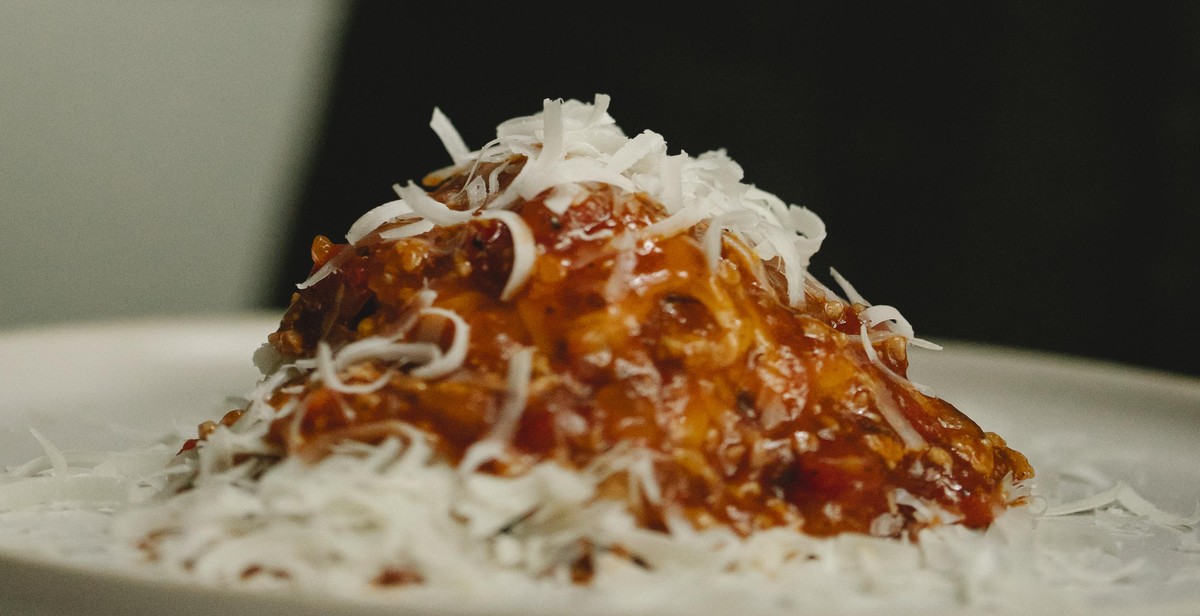
Why Make Fresh Pasta?
If you’re a pasta lover, you’ve probably wondered why anyone would bother making fresh pasta from scratch when there are so many convenient options available at the grocery store. However, there are several compelling reasons to make your own pasta at home:
Taste and Texture
One of the biggest advantages of making fresh pasta is the taste and texture. Fresh pasta has a tender, silky texture and a rich, eggy flavor that simply can’t be matched by dried pasta. When you make your own pasta, you have complete control over the ingredients, allowing you to create a truly unique flavor profile that suits your taste.
Customization
Another advantage of making fresh pasta is the ability to customize it to your liking. You can experiment with different flours, such as semolina, spelt, or whole wheat, to create a pasta with a unique flavor and texture. Additionally, you can add herbs, spices, or even vegetables to the dough to create a colorful and flavorful pasta that’s perfect for any occasion.
Cost-Effective
While it may seem like making fresh pasta is more expensive than buying it from the store, it’s actually quite cost-effective in the long run. Once you invest in a pasta maker, you can make large batches of pasta for a fraction of the cost of store-bought pasta. Additionally, you can use leftover ingredients from other recipes to make homemade pasta, reducing waste and saving money.
Overall, making fresh pasta from scratch is a rewarding and satisfying experience that allows you to create a delicious and unique dish that’s sure to impress. Whether you’re a seasoned cook or a beginner, making fresh pasta is a skill that’s worth mastering.

Ingredients and Equipment Needed
Ingredients
- 2 cups of all-purpose flour
- 3 large eggs
- 1/2 teaspoon of salt
- 2 tablespoons of water
Equipment
- 1 mixing bowl
- 1 fork
- 1 rolling pin
- 1 knife or pasta cutter
To make fresh pasta from scratch, you will need a few basic ingredients and equipment. The key ingredients are all-purpose flour, eggs, salt, and water. The equipment includes a mixing bowl, fork, rolling pin, and a knife or pasta cutter.
Begin by measuring out 2 cups of all-purpose flour and placing it in the mixing bowl. Create a well in the center of the flour and add in 3 large eggs, 1/2 teaspoon of salt, and 2 tablespoons of water. Use a fork to gradually mix the flour into the wet ingredients until it forms a shaggy dough.
Once the dough has come together, transfer it onto a floured surface and knead it for a few minutes until it becomes smooth and elastic. Use a rolling pin to flatten the dough to the desired thickness, then cut it into your desired pasta shape using a knife or pasta cutter.
With these simple ingredients and equipment, you can easily make fresh and delicious pasta from scratch in the comfort of your own kitchen.
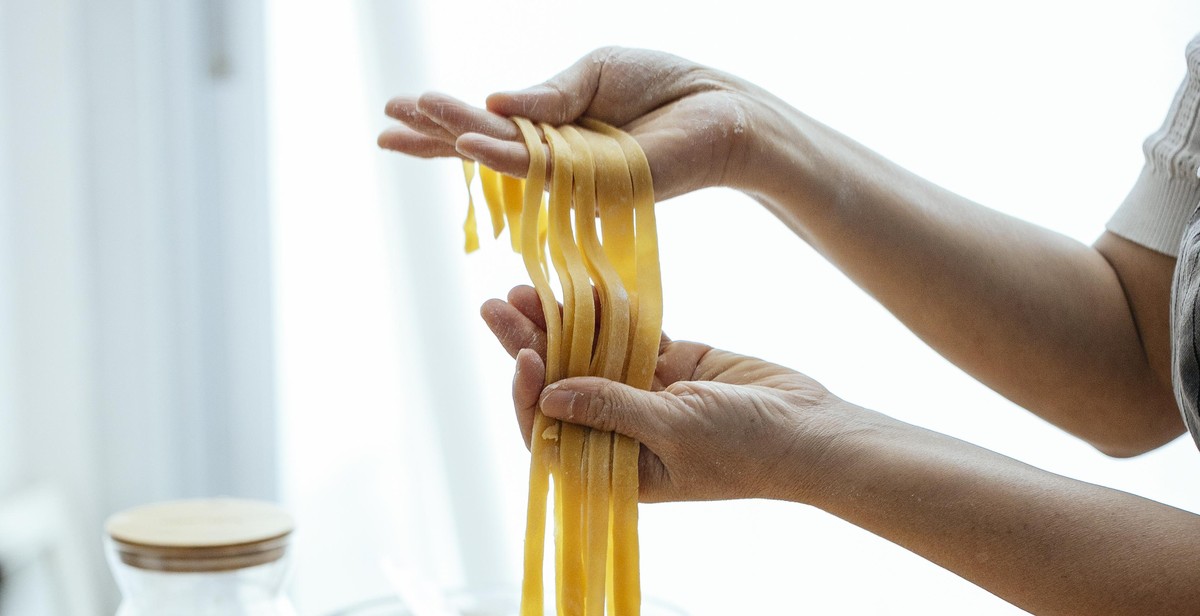
Preparing the Dough
Mixing the Ingredients
The first step in making fresh pasta is to mix the ingredients. You will need:
- 2 cups of all-purpose flour
- 3 large eggs
- 1/2 teaspoon of salt
To mix the ingredients, start by placing the flour and salt in a large mixing bowl. Make a well in the center of the flour and crack the eggs into it. Use a fork to whisk the eggs, slowly incorporating the flour into the eggs until a shaggy dough forms.
Kneading the Dough
Once the dough has come together, it’s time to knead it. This step is crucial for developing gluten, which gives the pasta its chewy texture.
- Lightly flour a clean surface and turn the dough out onto it.
- Use the heel of your hand to push the dough away from you, then fold it back over itself and give it a quarter turn.
- Repeat this process for about 10 minutes, until the dough is smooth and elastic.
If the dough is too dry, add a little water. If it’s too sticky, add a little flour. Once the dough is kneaded, wrap it in plastic wrap and let it rest for at least 30 minutes before rolling it out.
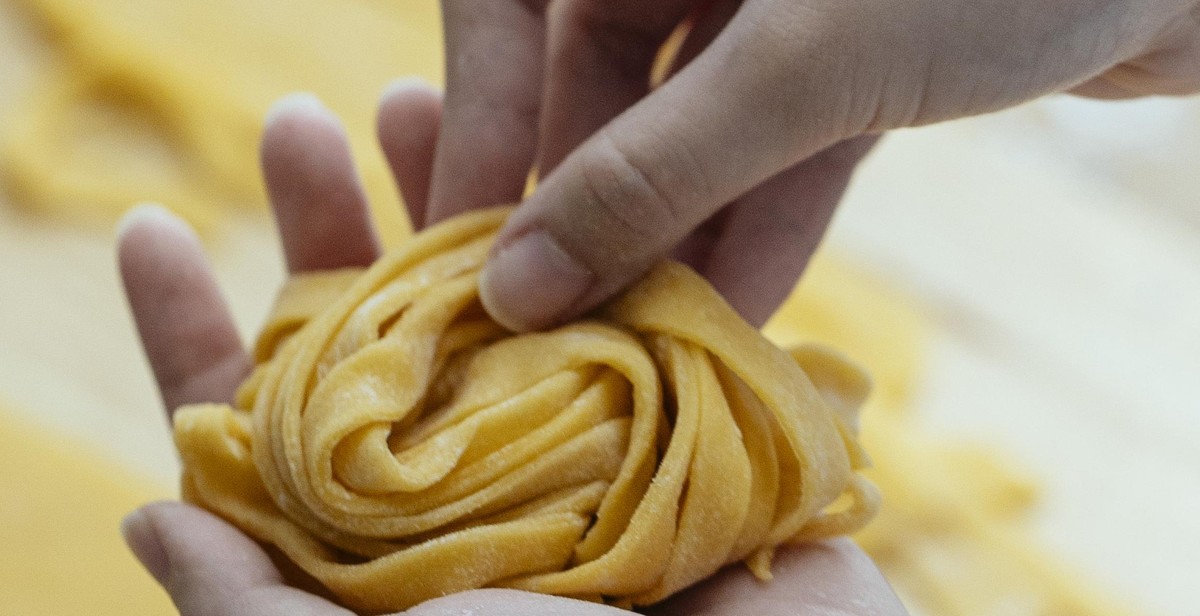
Rolling and Cutting the Dough
Now that you have prepared the pasta dough, it’s time to roll and cut it into desired shapes. There are two popular methods for rolling and cutting pasta dough:
Using a Rolling Pin
If you don’t have a pasta machine, you can still make fresh pasta using a rolling pin. Dust your work surface and rolling pin with flour. Take a small portion of the pasta dough and roll it out using the rolling pin. Keep rolling until the dough is thin and even. Then, fold the dough into thirds and cut it into desired shapes using a sharp knife or a pasta cutter.
Using a Pasta Machine
A pasta machine makes the process of rolling and cutting pasta dough much easier and quicker. Dust your work surface and pasta machine with flour. Take a small portion of the pasta dough and run it through the pasta machine at the widest setting. Then, fold the dough into thirds and run it through the machine again, gradually reducing the thickness setting until you reach the desired thickness. Finally, cut the pasta into desired shapes using the machine’s cutting attachment.
Cutting the Noodles
Once you have rolled the pasta dough, it’s time to cut it into noodles. You can cut the pasta into various shapes such as spaghetti, fettuccine, or lasagna sheets. Using a pasta machine’s cutting attachment is the easiest way to achieve uniform noodles. However, if you don’t have a machine, you can use a sharp knife or a pasta cutter to cut the dough into desired shapes.
| Tip: | Before cutting the noodles, let the rolled-out dough dry for a few minutes to prevent the noodles from sticking together. |
|---|
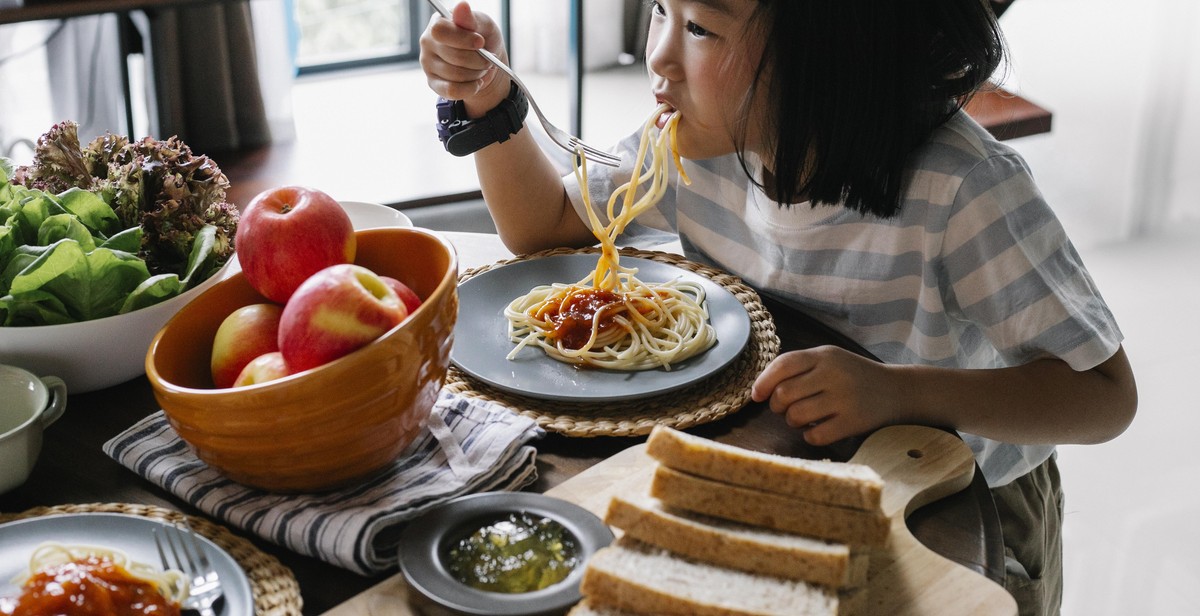
Cooking and Serving Fresh Pasta
Boiling the Noodles
Once you’ve made your fresh pasta, it’s time to cook it to perfection. Bring a large pot of salted water to a rolling boil. Add the pasta and stir gently to prevent sticking. Cook for 2-4 minutes or until the pasta is al dente, which means it’s still slightly firm to the bite. Be careful not to overcook the pasta as it will become mushy and lose its texture.
When the pasta is cooked to your liking, drain it in a colander and rinse it under cold water to stop the cooking process and prevent the noodles from sticking together.
Serving Suggestions
Now that your fresh pasta is cooked, it’s time to serve it up. Here are a few ideas to get you started:
- Top your pasta with a simple tomato sauce, freshly grated Parmesan cheese, and a sprinkle of fresh herbs like basil or parsley.
- Create a creamy sauce with heavy cream, garlic, and Parmesan cheese. Toss the pasta in the sauce and serve with a side salad.
- Make a classic carbonara sauce with bacon, eggs, and Parmesan cheese. Toss the pasta in the sauce and serve with a glass of red wine.
No matter how you choose to serve your fresh pasta, be sure to enjoy it with good company and a glass of your favorite wine.

Troubleshooting Tips
Dough is Too Dry
If your dough is too dry, it can be difficult to roll out and shape into noodles. Here are some tips to fix it:
- Add more water a little at a time until the dough comes together.
- Knead the dough for a longer period of time to help distribute the moisture.
- Cover the dough with a damp towel and let it rest for 15-30 minutes to allow the moisture to distribute evenly.
Dough is Too Wet
If your dough is too wet, it can be sticky and difficult to work with. Here are some tips to fix it:
- Add more flour a little at a time until the dough comes together and is no longer sticky.
- Knead the dough for a longer period of time to help absorb the excess moisture.
- Cover the dough with a dry towel and let it rest for 15-30 minutes to allow the flour to absorb the moisture.
Noodles Stick Together
If your noodles are sticking together, they may have been too wet or not separated properly before cooking. Here are some tips to prevent this:
- Make sure to generously flour your work surface and the noodles themselves before cutting and shaping.
- Allow the noodles to dry for at least 30 minutes before cooking, or until they are no longer sticky to the touch.
- When cooking, stir the noodles frequently in the pot to prevent them from sticking together.
- Consider using a pasta drying rack to hang the noodles while they dry, which can help prevent them from sticking together.
| Issue | Solution |
|---|---|
| Dough is Too Dry | Add more water a little at a time until the dough comes together. |
| Dough is Too Wet | Add more flour a little at a time until the dough comes together and is no longer sticky. |
| Noodles Stick Together | Make sure to generously flour your work surface and the noodles themselves before cutting and shaping. Allow the noodles to dry for at least 30 minutes before cooking, or until they are no longer sticky to the touch. When cooking, stir the noodles frequently in the pot to prevent them from sticking together. Consider using a pasta drying rack to hang the noodles while they dry, which can help prevent them from sticking together. |
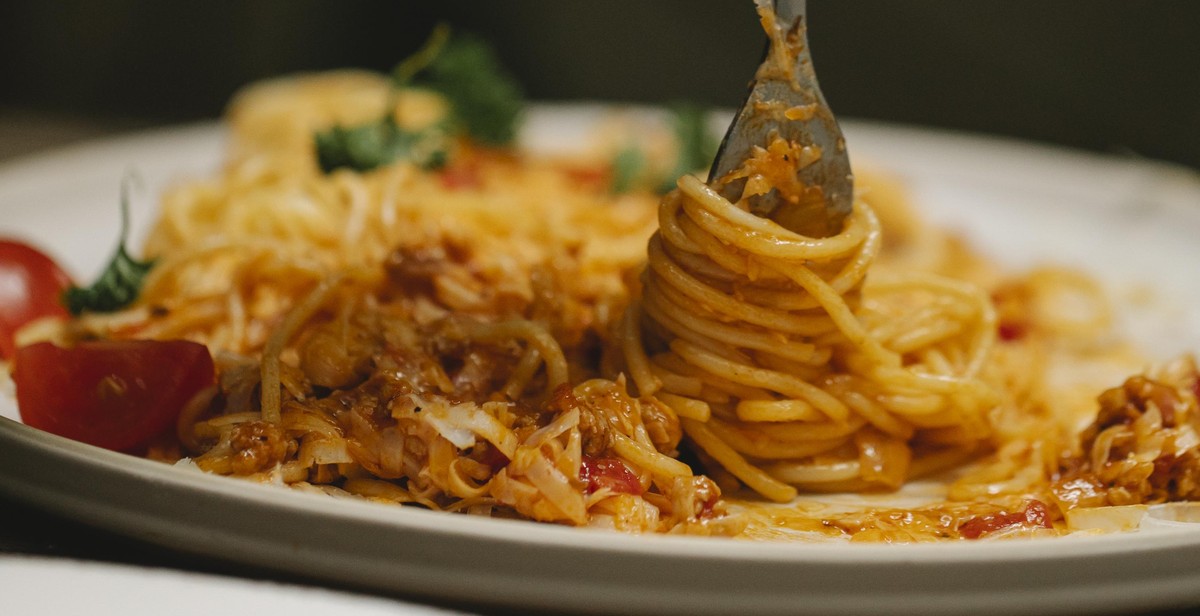
Conclusion
Making fresh pasta from scratch may seem intimidating at first, but with practice and patience, it can become a rewarding and enjoyable experience. By following these simple steps, you can master the art of homemade noodles and impress your friends and family with delicious and authentic Italian dishes.
Tips for Success
- Use high-quality ingredients, such as semolina flour and fresh eggs, for the best results.
- Take your time when kneading the dough to ensure it is smooth and elastic.
- Let the dough rest before rolling it out to allow the gluten to relax.
- Use a pasta machine or rolling pin to achieve the desired thickness and shape.
- Cook the pasta in a large pot of salted boiling water for just a few minutes until al dente.
Variations and Ideas
Once you have mastered the basic recipe, you can experiment with different flavors and shapes of pasta. Try adding herbs, spices, or vegetables to the dough, or cutting the noodles into different shapes such as lasagna sheets or farfalle. You can also use the pasta in a variety of dishes, from classic spaghetti with tomato sauce to more creative dishes like ravioli or fettuccine Alfredo.
